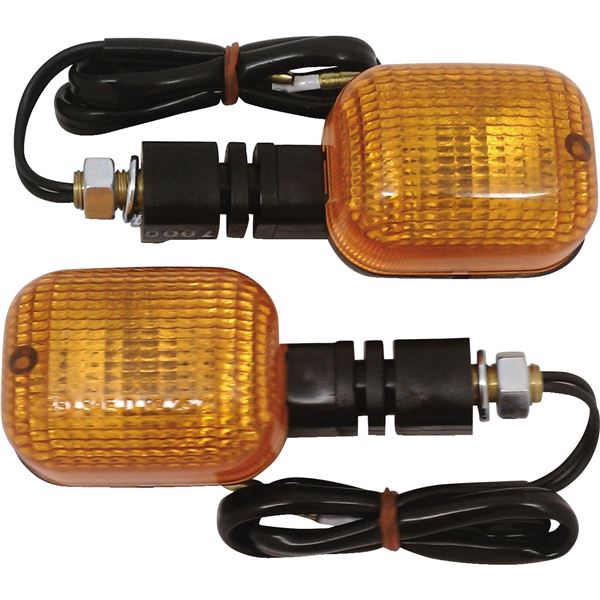

The lever can be shifted up or down to indicate either a right turn or left turn. The turn signal lever is on the left side of the steering wheel. When your car is turning left or right, you can see the direction indicator lights. See also What is the formula of volume of rectangle? What are three types of indicators?Īvedis Donabedian proposed indicators as three types, outcome, process and structure. The daytime running lights are switched on when the car’s electrical system is in ignition position II. If a car is stopped on the road, position lamps can be used. They show how the vehicle can be seen by other road users when it is dark or during poor visibility. The safety function of the signal lights is important. What is the purpose of direction signal light? A bulb may be burned out if the lights flash quicker than usual.

Which car lights should be on at night?ĭirection-indicator lamps or turn signals, also known as “directional signals”, “directionals”, “blinkers”, or “indicators”, are blinking lamps mounted near the left and right front and rear corners of a vehicle.Why is the engine symbol on my dashboard?.What are three types of car indicators?.Why are sequential turn signals illegal?.Which way do you indicate when reversing?.What are direction indicators on a car?.What is the purpose of direction signal light?.What is a direction indicator on a car?.(In Europe, a different front bumper fills that gap on the Wrangler. But brush bars, protruding tow hooks, and front fenders that expose parts of the front tires, like those on the new Jeep Wrangler, are welcome in America. Even grilles and badges-basically everything above the doorsills-must have blunted edges. EU law dictates a minimum 0.2-inch radius for all edges on the front and rear fascias, with a sharper 0.1-inch radius allowed for all other exposed body panels. As Mercedes-Benz’s Lesnik explains: “Everything that could hit a theoretical body or head has to be soft.” Any sharp exterior line is an illusion made possible by talented designers and precision manufacturing processes. There are even regulations regarding the creases in sheetmetal. Hyundai’s Chapman says that means the design of a car is “set up” at the base of its A-pillar, with shoulderlines rising and greenhouses slimming from there. European regulations attempting to cushion a person’s impact with a moving car have led to taller hoods, which provide for more space between the head of a struck pedestrian and any hard engine component. Most pedestrians have no clue how much they’ve affected car design. Because, as Joe Grace, head of concepts and innovation at Fiat Chrysler Automobiles, notes, if a vehicle isn’t designed from the outset with both markets in mind, “even changing the plastic pieces can be expensive.” We also spoke with Robert Lesnik, director of exterior design for Mercedes-Benz, and Christopher Chapman, senior chief designer for Hyundai Design North America, about the surprising specificity of rules dictating the look of your new car. Often, though, they’re not, leading to designs that adhere to the stricter stipulations of the two rulebooks. If a designer is lucky, those rules are the same in the United States and Europe. In our hyperregulated modern world, the government dictates nearly every aspect of car design, from the size and color of the exterior lighting elements to how sharp the creases stamped into sheetmetal can be. In addition to accommodating all manner of engineering needs, designers must work within tight regulatory constraints.

Car design is far from a purely aesthetic pursuit.


 0 kommentar(er)
0 kommentar(er)
